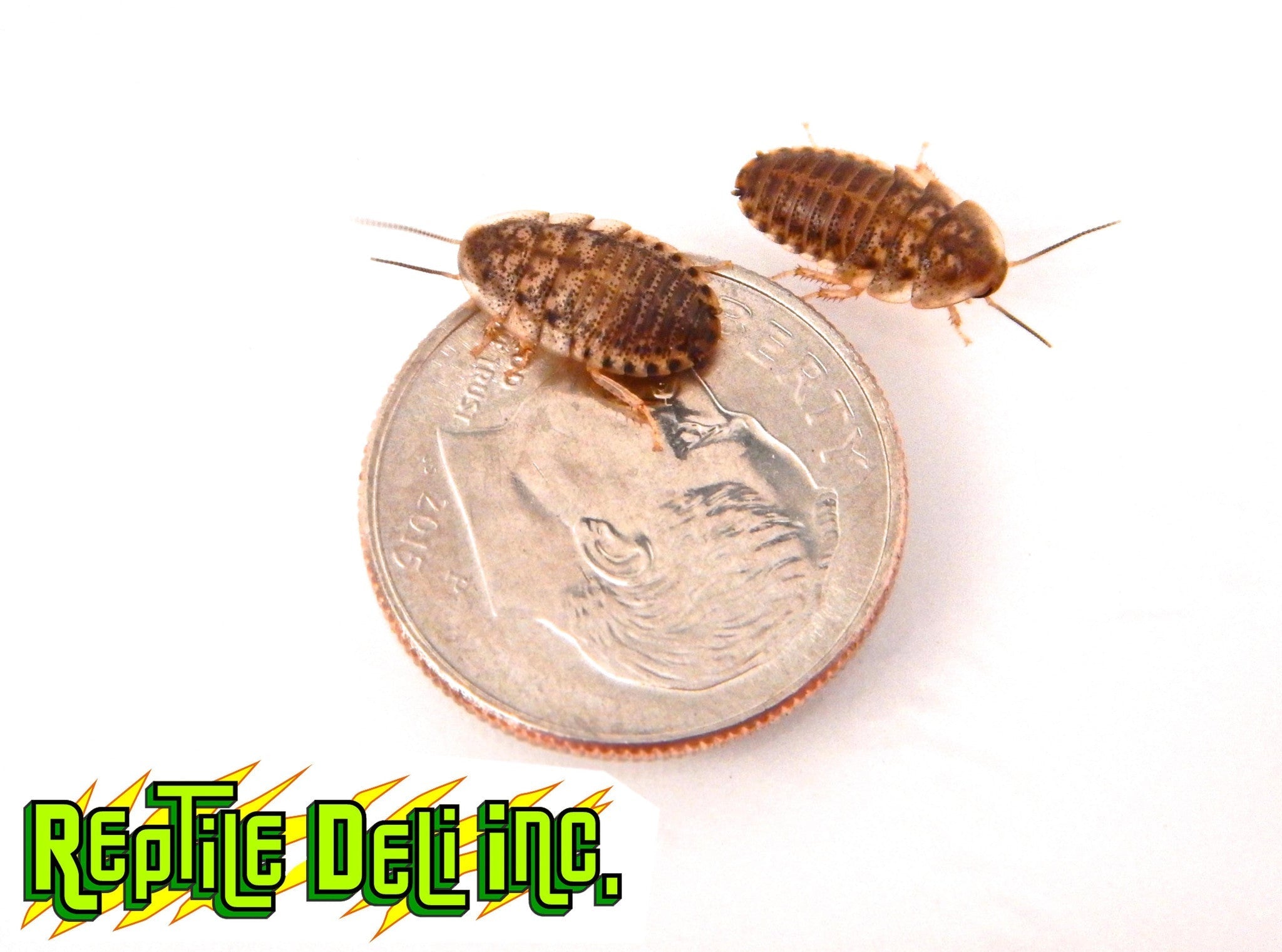How to Care for your Mealworms from Reptile Deli
For owners of insectivorous reptiles, amphibians, and other pets, mealworms are a classic and highly versatile feeder insect. This detailed mealworm care guide will provide you with all the information you need to properly store and maintain your Reptile Deli mealworms, ensuring a fresh and nutritious food source for your pet.
Why Choose Mealworms?
Mealworms are a staple in the reptile community for good reason. They are the larval form of the Tenebrio molitordarkling beetle and offer a number of benefits:
- Easy to Care For: Mealworms are one of the most low-maintenance feeders available. They require minimal space and upkeep.
- Convenient to Store: Mealworms can be refrigerated to slow down their life cycle, allowing you to keep a fresh supply on hand for weeks.
- Nutritious: They are a good source of protein, fat, and fiber, and they are excellent for gut-loading.
- Encourage Natural Behavior: Their slow, wiggling movement makes them an easy but stimulating food source for a wide variety of pets, from leopard geckos to bearded dragons and frogs.
Housing Your Reptile Deli Mealworms
Proper housing is key to extending the life of your mealworms and keeping them healthy.
- Container: The container your Reptile Deli mealworms arrive in is perfect for short-term storage. For a long-term supply, a shallow, smooth-sided plastic container with a secure, ventilated lid is ideal. The smooth sides prevent the worms from climbing out.
- Substrate: The bedding for your mealworms also serves as their primary food source. A layer of about 1-2 inches of uncooked oatmeal or wheat bran works perfectly. You can also use a commercial mealworm bedding for a pre-mixed solution.
- Temperature: This is the most critical part of mealworm care. To prevent them from pupating into beetles, you should store them in the refrigerator at a temperature between 45-50°F (7−10∘C). This puts them into a dormant state. If you want them to grow or pupate, keep them at room temperature (70-80°F).
Feeding and Hydration
To ensure your Reptile Deli mealworms are at their peak nutritional value, you must gut-load them before feeding them to your reptile.
- Food: Your mealworms will eat their substrate, but they need additional food for optimal health.
- Hydration: Mealworms get all the moisture they need from fresh vegetables and fruits. Do not use a water dish, as they can easily drown. Instead, place a few thin slices of a hydrating vegetable on top of the substrate. Excellent choices for gut-loading and hydration include:
- Carrots
- Potatoes
- Apples
- Squash
- Gut-Loading Routine: For best results, remove a portion of mealworms from the refrigerator 24-48 hours before feeding. Place them in a separate container with a healthy gut-load diet (like fresh vegetables or a commercial product) and allow them to eat. This process transfers vital nutrients to your pet.
Maintenance & Troubleshooting
- Spot Cleaning: Remove any old, uneaten fruits or vegetables after 24 hours to prevent mold and bacterial growth.
- Frass Management: The dry, powdery waste at the bottom of the container is called "frass." It's normal and a sign the worms are eating. You can sift it out periodically and replace the substrate to keep the environment clean.
- Dormancy Care: If you are refrigerating your mealworms for long-term storage, it's a good practice to remove them once a week for 24 hours to allow them to eat and rehydrate. This prevents them from starving or dehydrating.
- Pupation: If you notice your mealworms turning into C-shaped pupae, it means they are about to transform into beetles. This is natural and can be fed to some pets, but if you want to prevent this, ensure they are kept at a consistent cold temperature.
By following this mealworm care guide, you'll be able to keep a thriving supply of these convenient feeders on hand, ensuring your pet enjoys a healthy and satisfying diet from Reptile Deli.


